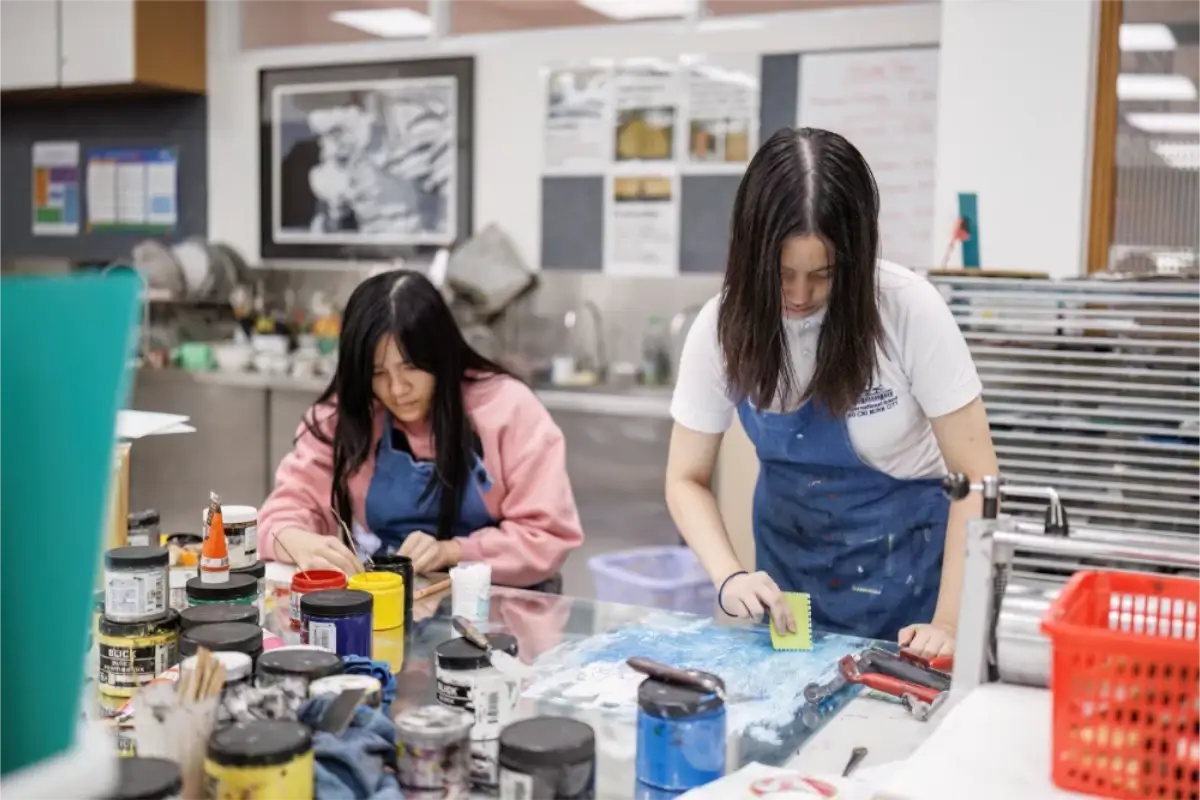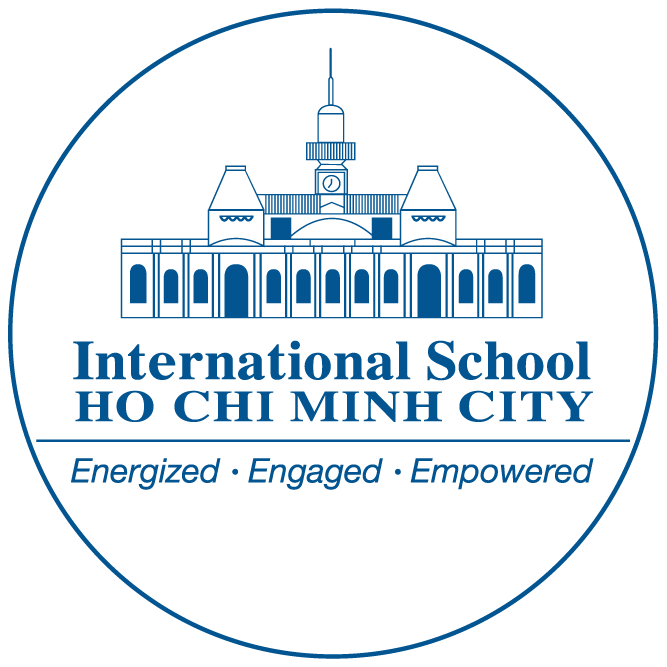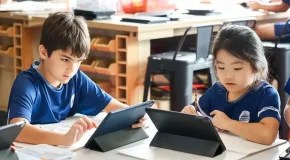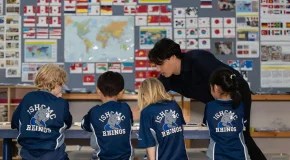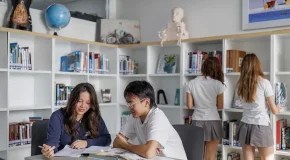How Creativity in Education Shapes Future-Ready Students
Creativity plays a critical role in how students learn, grow, and prepare for a competitive future. It equips them with the ability to adapt, solve complex problems, and think independently. In education, creativity transforms learning from memorization into exploration and purposeful action.
Today’s parents expect more than strong academics. They want schools that provide relevance, confidence, and the freedom to think. Creativity answers that demand.
Creativity sits at the core of the learning journey at the International School Ho Chi Minh City (ISHCMC). Through inquiry, real-world application, and personalized academic tracks, students gain the confidence and capability to lead in any setting. This article outlines what creativity in education means, why it matters, and how schools like ISHCMC bring it into practice.
What is Creativity in Education?
Creativity in education drives students to think originally, solve problems with purpose, and connect ideas across different subjects. It moves learning beyond memorization and pushes students to explore, question, and apply what they know in new ways.
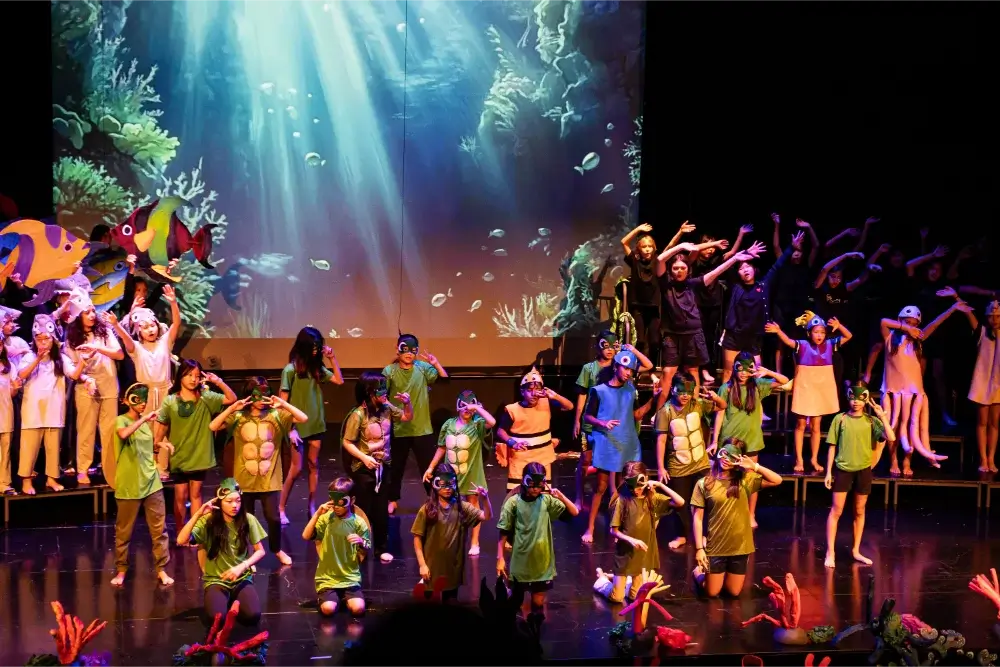
Strong educational programs place creativity at the center of learning. They treat it as a practical skill that supports intellectual growth and prepares students to handle complex challenges. Teachers design tasks that encourage exploration, expression, and invention. Classrooms promote curiosity and support diverse learning styles.
Creative education uses inquiry, project-based learning, and real-world applications to keep students engaged. These strategies help learners build confidence, stay motivated, and take ownership of their progress. Students reflect on their work, adapt their thinking, and refine their ideas through hands-on experience.
In the Primary Years Programme, ISHCMC encourages Grade 5 students to explore global issues through personal exhibitions that combine research, inquiry, and presentation. As they transition into the Middle Years Programme, students tackle interdisciplinary challenges that link mathematics, science, and humanities to practical, real-world situations. The Diploma Programme builds on this foundation by guiding students through in-depth research projects, creative initiatives, and service experiences as part of the Creativity, Activity, and Service requirement.
Why Creativity Is Essential in Education
Creativity has become a central requirement for lifelong success. It improves cognitive flexibility, deepens learning, and prepares students to succeed in unpredictable situations. Here is how creative learning makes a lasting impact.
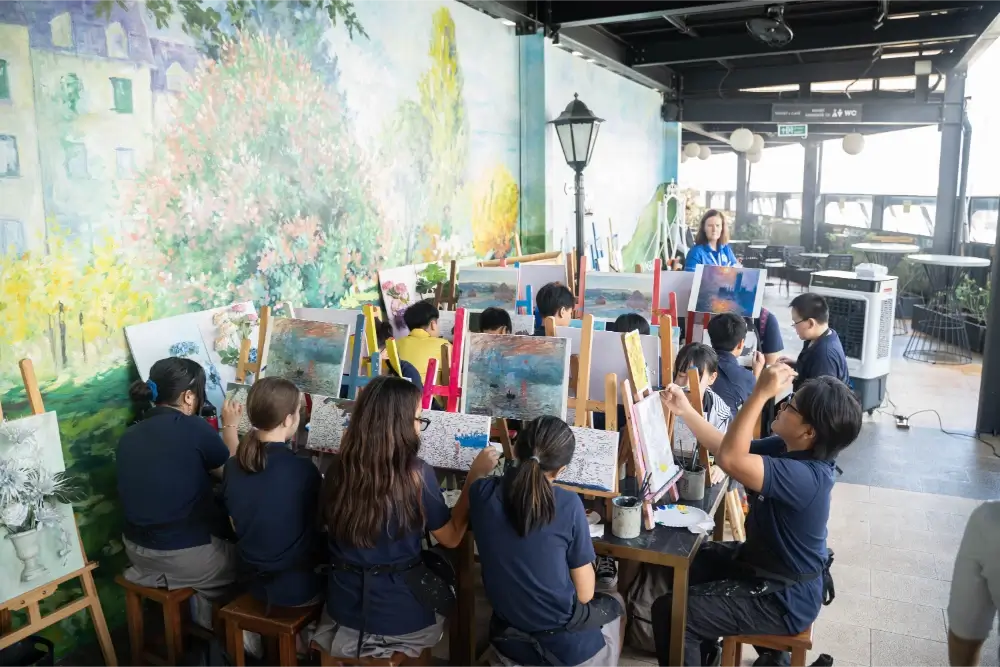
Build Future-Ready Thinking Skills
Creativity enables students to work through unfamiliar challenges and propose viable solutions. As industries evolve and traditional job paths shift, education must produce learners who can respond to uncertainty with initiative and clarity.
Students at ISHCMC turn ideas into outcomes by applying creative thinking to authentic challenges. The school provides opportunities for them to lead projects, build solutions, and contribute to their communities through purposeful learning. This focus on action strengthens their ability to think independently and create a lasting impact beyond the classroom.
Enhance Academic Performance
When students engage in creative processes, they connect more deeply with academic content. Learning becomes active and relevant. They understand not just what they are learning but why it matters.
Students engage in inquiry-based projects, encouraging them to question assumptions and explore relationships between different subject areas. They undertake extended research tasks at advanced levels that strengthen their ability to investigate, analyze, and clearly present complicated ideas.
Encourage Independent Thinking
Creativity helps students take ownership of their learning. They learn to generate ideas, reflect critically, and express their opinions clearly. This builds autonomy, confidence, and the ability to lead in group or individual settings.
The school’s open classroom model in primary grades encourages independent work alongside guided learning. This flexible structure nurtures decision-making and builds confidence in expressing ideas.
Strengthen Collaboration and Communication
Students who collaborate on creative tasks learn how to listen, share ideas, and reach consensus. These experiences build interpersonal skills that extend into future careers and communities.
Many schools support creative growth through programs that include debate forums, entrepreneurship clubs, and performing arts. These settings encourage students to work across grade levels, exchange ideas, and develop projects that require teamwork, innovation, and clear communication.
Lead to Tangible Outcomes
Creativity in education leads to real results when schools provide the right environment. Students who learn through creative frameworks often earn university scholarships, develop business ventures, and gain recognition beyond school. When schools prioritize innovation and applied learning, students build the confidence and skills to succeed in competitive, global settings.
How Schools Can Integrate Creativity into Learning
Creative learning does not require major reform. It takes a mindset that values curiosity, relevance, and student-led inquiry. Schools can take practical steps to make creativity part of everyday education. At ISHCMC, this mindset shapes daily learning through intentional practices that give students space to explore, question, and create purposefully.
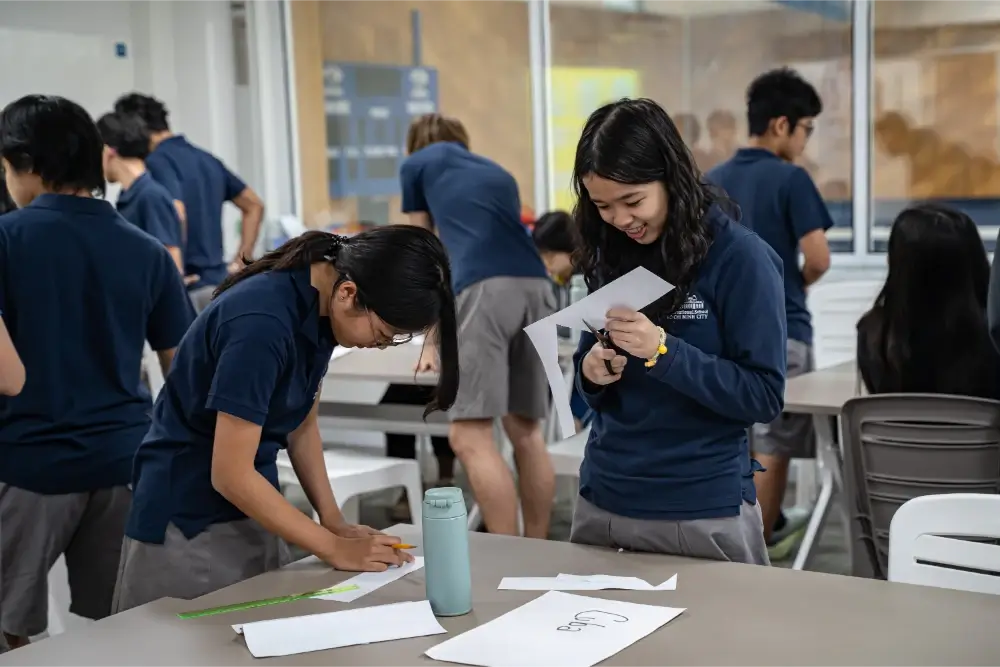
Create Space for Student Questions and Exploration
Students must be encouraged to ask meaningful questions and investigate answers. Creative classrooms provide opportunities for student-led inquiry and encourage learners to take initiative.
At ISHCMC, the inquiry-based structure of the Primary Years Programme supports students from age three in shaping their learning through exploration.
Connect Learning with Real-World Relevance
Creativity increases when learning extends beyond theory. Schools should provide students with the chance to solve authentic problems and present their ideas to real audiences.
ISHCMC’s secondary students apply knowledge through project-based tasks, such as designing sustainable cities or engineering prototypes, during interdisciplinary units.
Use Diverse Formats for Expression and Reflection
Students develop creativity through various media such as writing, performance, digital storytelling, and design. Schools should offer multiple formats for expression and provide tools that support visual and digital literacy.
ISHCMC equips students with access to MacBooks from Grade 6, iPads in lower grades, and learning environments designed for collaboration and digital creation.
Foster Resilience and a Growth Mindset
Creative learners must feel safe to take risks and learn from outcomes. Teachers should promote a mindset where feedback, revision, and reflection are part of the process.
The school embeds reflective thinking in every IB Programme through Approaches to Learning skills. This encourages students to evaluate their process and improve with intention.
Extend Creativity Beyond the Classroom
Creative education is not confined to lessons. Schools must build extracurricular programs that support diverse interests. ISHCMC offers various activities, including technology clubs, business incubators, service initiatives, and high-level performing arts.
These programs give students the space to develop confidence, leadership, and purpose through creative expression.
Preparing Students for a Creative Future
Creativity in education helps students succeed academically and prepares them to lead in a world that values innovation, empathy, and adaptability. It supports real thinking, not scripted answers. Schools that prioritize creativity unlock the full potential of each learner.
At ISHCMC, students gain the tools to think independently and contribute meaningfully. Through its International Baccalaureate programs, personalized academic pathways, and forward-thinking approach to education, the school prepares learners for a future that demands creativity, courage, and purpose.
Apply today to give your child the opportunity to grow into a confident and creative learner at ISHCMC.

